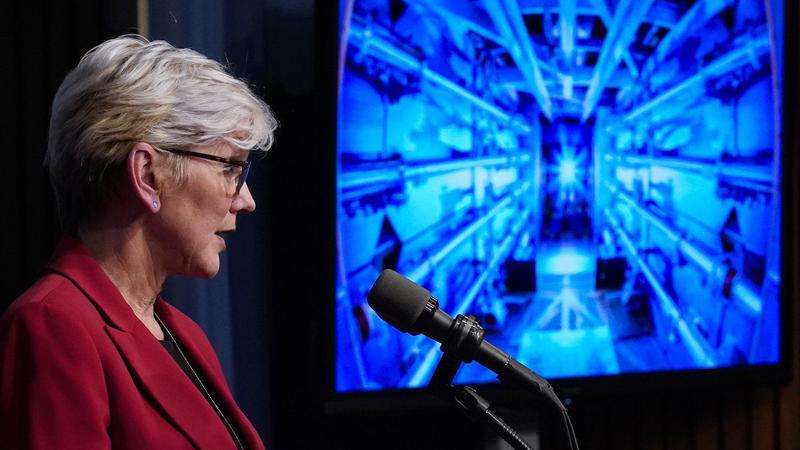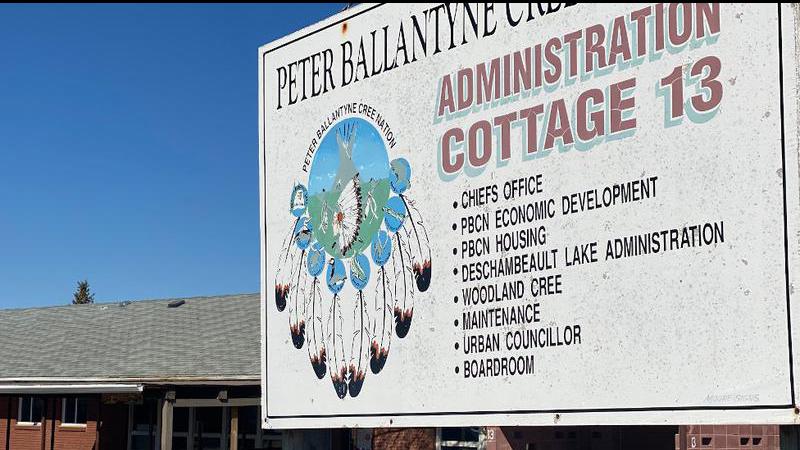
What the fusion breakthrough means for Saskatchewan and its economy
It was called a breakthrough in the search for clean energy, and something you thought could only be seen in science fiction movies.
Earlier this week, scientists in the U.S. announced they produced more energy from a nuclear fusion experiment than was used to ignite it.
Fusion produces energy and heat by forcing together hydrogen atoms without the radioactive by-products of nuclear reactions.


